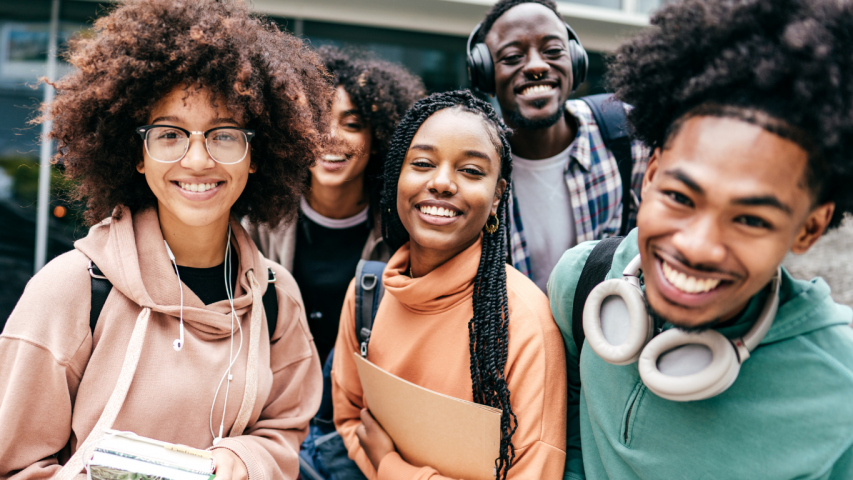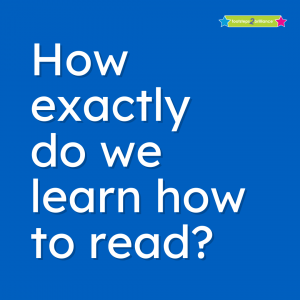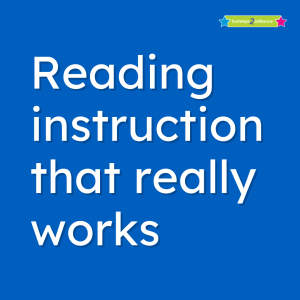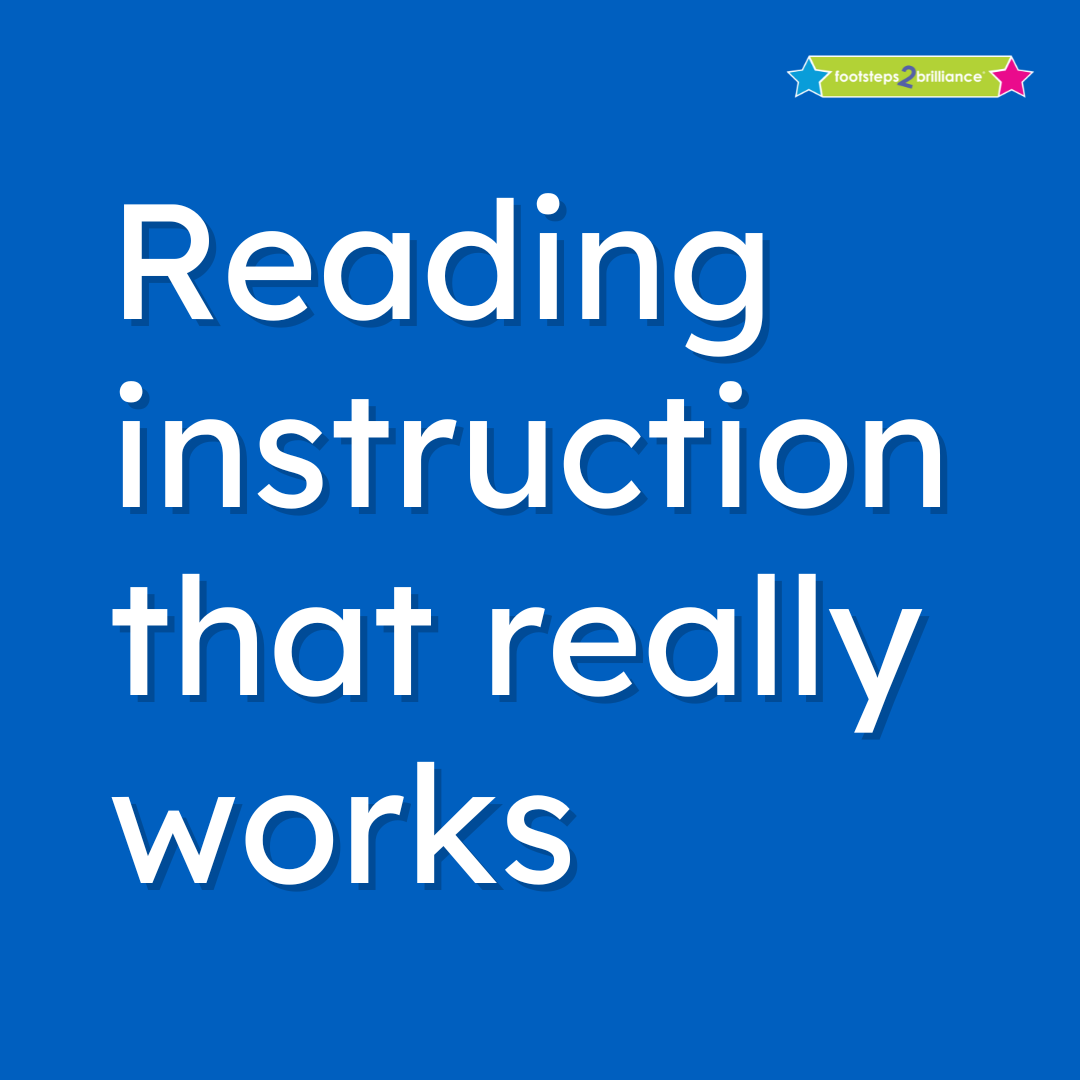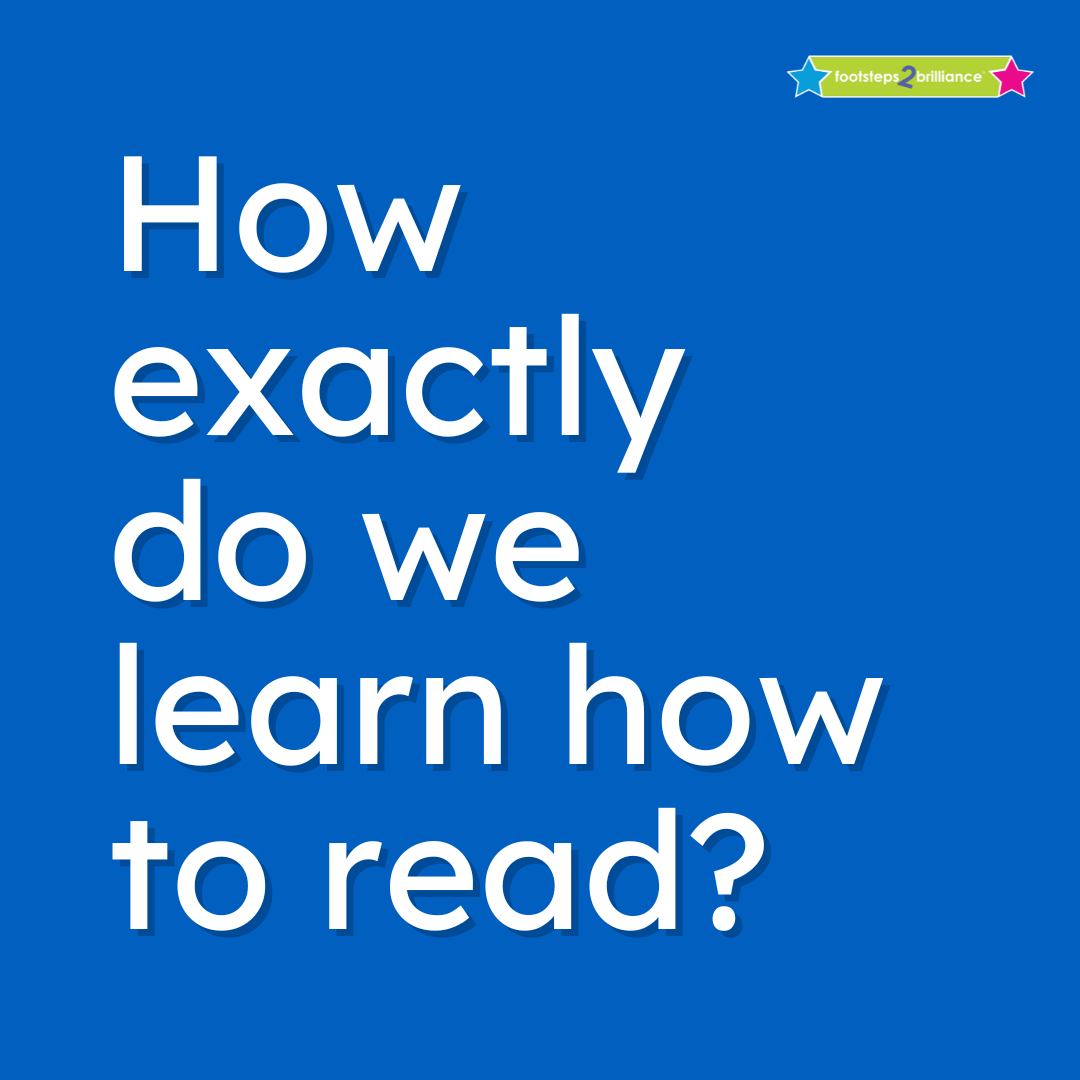
By Carissa Lellos
Teaching, like many other jobs, relies entirely on the relationships you build. Unlike other jobs, there is regular changeover, and it’s not just your success that depends on your ability to connect. One of the hardest lessons I learned during my years as a teacher was the importance of building mutually beneficial relationships with my students’ caregivers. I was trained during my graduate studies to embrace caregivers and community members and to include them in the goings on of my classroom, but was initially resistant. I worried that by inviting them in, all I was doing was providing fodder for criticism. It took work to put my pride aside and put my students’ needs ahead of my own insecurities. Doing so made all the difference.
It was not easy work, and amid the thousands of other plates teachers are expected to keep spinning, it may seem like a luxury instead of a must-have. In this article, we will dissect the importance of building healthy caregiver-teacher relationships and becoming the Dream Team. In the rest of this series, we will provide concrete tips and resources for taking this important step.

